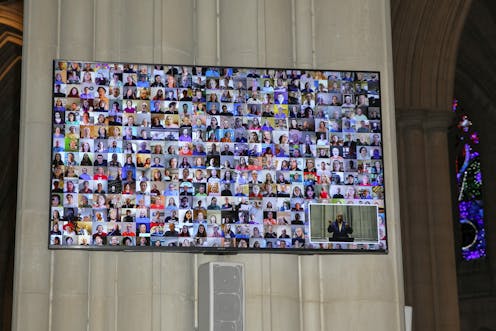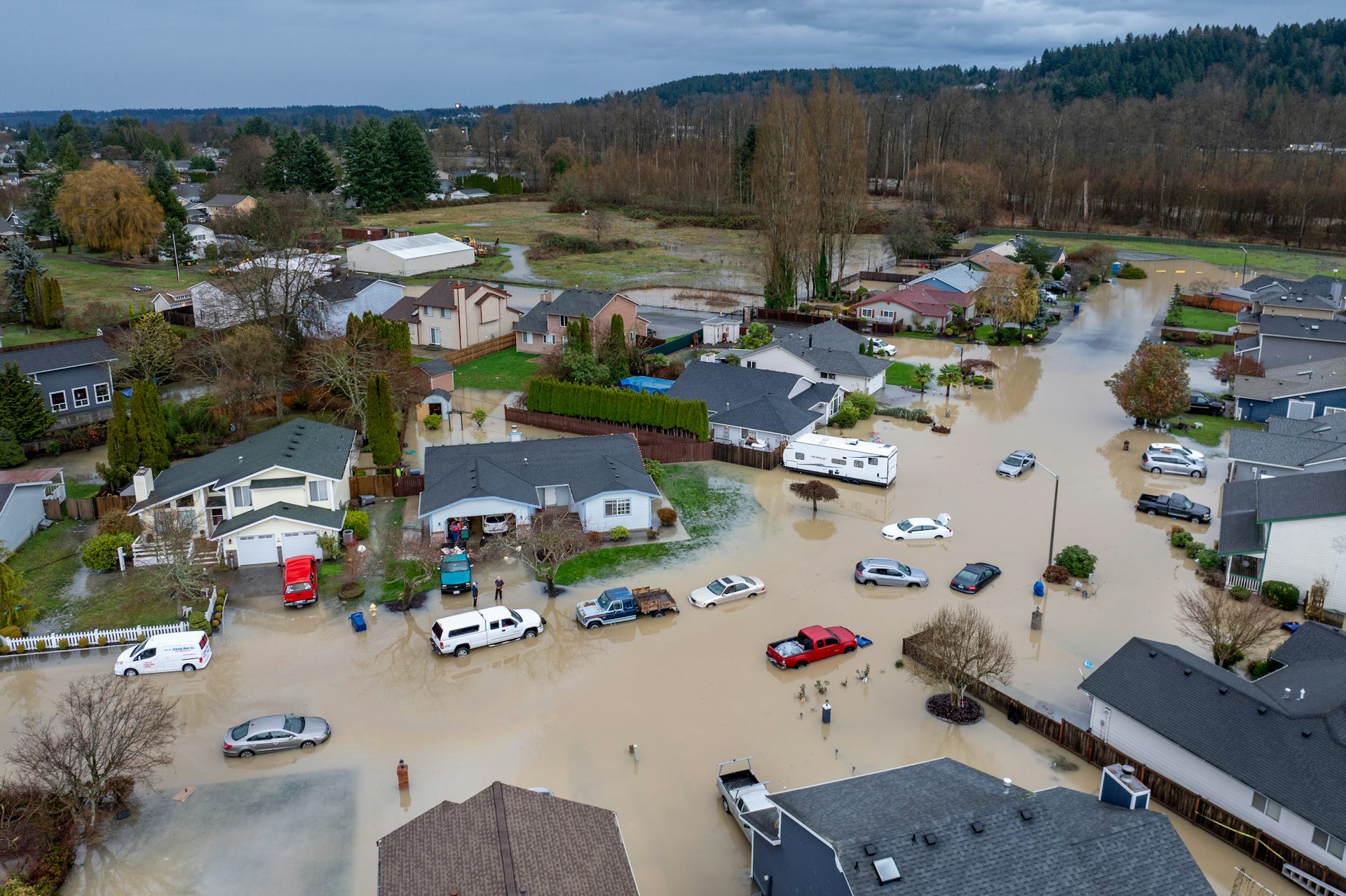Empty pews take a financial toll on many US congregations
Most Christian churches were relying heavily on 'collection plates' to pay their bills before the pandemic struck. And less than half were doing any online fundraising as of 2018.

As some 350,000 American churches and other houses of worship scramble to meet the spiritual and – increasingly – material needs of their members remotely, they are doing so on a tighter budget than usual.
That’s because they’re missing out on the substantial weekly donations that support their work. In most American weekly worship services, collection plates are passed around to finance congregations’ activities. And congregations from coast to coast have stopped holding in-person services due to the coronavirus pandemic.
In studying trends in religious giving, we have observed disparities by race, religion, size and location in the donations congregations receive. Just as COVID-19 is taking a bigger toll in many low-income communities, we believe that the same is true for congregations in those same communities.
In our view, how COVID-19 affects religious communities will vary based on congregations’ collection practices, their ability to harness digital tools and the depth of their cash reserves.
Collecting donations at services
Among all congregations, the average congregation obtained 78% of its total annual revenue from giving during its worship services in 2018, when we conducted a detailed survey about congregations’ finances.
Almost all Christian congregations, which make up the vast majority of the nation’s houses of worship, pass collection plates during their worship services. For most Jewish, Muslim, Buddhist and Hindu congregations, however, giving occurs outside religious services.
A digital divide for religion
We also found that less than half of all congregations, about 46%, had some type of online giving set up as of 2018. The share of congregations able to collect donations digitally was even smaller among black churches, at 31%, rural congregations, with 36%, and congregations with fewer than 100 members, also at 31%.
In contrast, most large congregations and nearly all non-Christian congregations, were collecting donations online by then. Among congregations of all faiths with established online giving options, on average 23% of their total revenue came in digitally at that time.
Saving money
Congregations must consider multiple fundraising approaches at a time when many of their members who had supported them financially in the past are losing their jobs.
Significantly, we found that 39% of all congregations didn’t have enough funds to cover three months’ worth of expenses.
Meanwhile, most non-Christian congregations tended to have at least that amount of money saved up.
Rural congregations generally were better able to withstand a short-term loss of funds than those in cities and suburbs, according to the data we collected.
COVID-19 is causing an economic crisis for congregations throughout the U.S. However, we find religious leaders to be resilient, innovative and up to the task of leading their congregations and communities through uncharted waters in matters of both faith and finances.
While some congregations will not survive, we expect to see many congregations emerge from this crisis bruised, but not beaten.
[Get facts about coronavirus and the latest research. Sign up for The Conversation’s newsletter.]
David King and Brad Fulton received a grant from the Lilly Endowment, Inc. to conduct the National Study of Congregations' Economic Practices.
Brad R. Fulton and David King received a grant from the Lilly Endowment, Inc. to conduct the National Study of Congregations' Economic Practices.
Chris Munn does not work for, consult, own shares in or receive funding from any company or organisation that would benefit from this article, and has disclosed no relevant affiliations beyond their academic appointment.
Read These Next
5 scenarios for a post-Maduro Venezuela — and what they could signal to the wider region
President Donald Trump has said the US will ‘run’ Venezuela until a ‘safe, proper and judicious…
West Coast levee failures show growing risks from America’s aging flood defenses
Levees protect more than 7 million buildings in the US today, yet they got a D-plus grade in 2025. A…
Has the Fed fixed the economy yet? And other burning economic questions for 2026
As 2026 begins, uncertainty is at the top of everyone’s mind.






